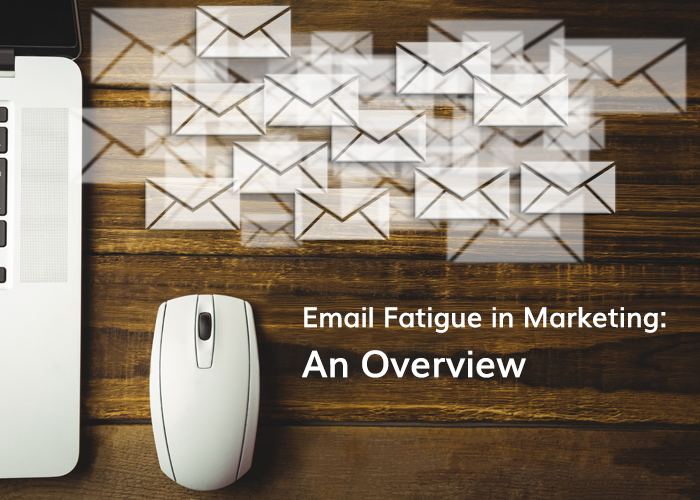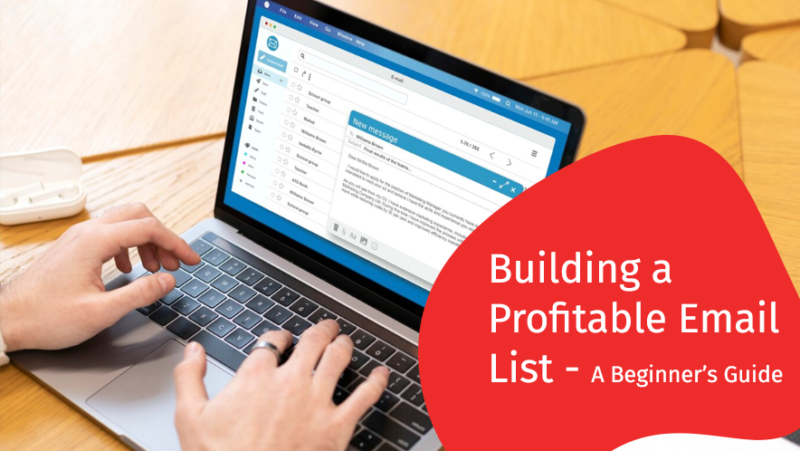A large number of emails make their way into your customers’ inboxes every day. This makes it difficult for them to engage with every message and takes a toll on their mental health. This often leads them to a condition popularly known as email fatigue. Here, we will understand what email fatigue is, how we can identify it, and the reasons behind its occurrence. At last, we will look at how personalization can help us overcome this obstacle and make our email campaigns more effective than ever.
What is Email Fatigue?
Email fatigue can be defined as the stage when your subscribers get tired of your emails and stop engaging with them. They can even unsubscribe from your email list or, in worse cases, direct your emails into the spam folder.
What causes Email Fatigue?
The following are two top reasons why customers get overwhelmed with emails:
Irrelevant Emails
No one will want to engage with an email that provides no value to them. A clear indication of this situation is when you have a very high open rate for your emails but a comparatively lower click-through rate. This means that your customers are opening your emails but aren’t finding anything suitable to engage.
Email Frequency
Marketers must be very crucial while setting email frequency for their email campaigns. Sending many emails can irritate your customers, even if the content is relevant to them. According to a survey by Return Path, most active subscribers don’t expect more than five emails in a week. Exceeding this limit can eventually lead to email fatigue.
Constant Connectivity
With smartphones and other mobile devices, people are expected to be available and responsive to emails around the clock, leading to feelings of being constantly “on.”
Repetitive Content
People might receive numerous emails with similar or irrelevant content, which can contribute to disinterest and apathy toward checking emails.
Email Clutter
A cluttered inbox can make it challenging to find important emails, leading to a sense of disorganization and inefficiency.
Pressure to Respond
The expectation of responding quickly to emails can create stress and anxiety, especially in work environments where timely responses are valued
Indicators of when your consumer might be experiencing email fatigue
Following are two vital signs of email fatigue:
A recent increase in the unsubscribe rate indicates email fatigue. In such a case, you would want to check the quality and frequency of your email campaigns.
Another symptom of email fatigue is a gradual decrease in engagement metrics such as open and click-through rates.
Email fatigue is hazardous for your business. It reduces your chances of earning a new customer and tarnishes your brand image. If left unchecked, email fatigue can get you blacklisted and cause a severe loss of revenue.
How to deal with email fatigue
Segmentation
Divide your email list into smaller, targeted segments based on factors like demographics, interests, or behavior. This allows you to send more relevant content to each group, increasing engagement and reducing the risk of fatigue.
Personalization
Segmenting your subscribers into distinct groups and sending personalized content to each user can save you from user disengagement. Users look for content that is designed according to their preferences. Studies show that customized campaigns can fetch almost double open and click-through rates than the normal ones. Not only that, but personalization is also effective in bringing unsubscribe rates down by fifty percent.
Apart from opt-in and website engagement data, there are other ways to collect data for personalization. You can hold surveys and use questionnaires to ask customers what they wish to see in your email content. You can then use this information to customize messages for each customer. To maximize the chances of conversion, you can even place an offer or a discount coupon along with it.
Optimize Email Frequency
Pay attention to engagement metrics to determine the optimal email frequency for your audience. Sending too many emails can lead to fatigue, while sending too few may cause them to forget about your brand.
Preference Center
Offer a preference center where subscribers can choose the type and frequency of emails they receive. Empowering them with control over their preferences can reduce fatigue and boost engagement.
Quality Content
Focus on providing high-quality, valuable content in your emails. Make sure the information is relevant, informative, and engaging to keep your subscribers interested.
Avoid Over-Promotion
Balance your promotional and non-promotional content. Constantly bombarding subscribers with sales pitches can lead to disengagement. Instead, provide a mix of educational and entertaining content.
A/B Testing
Continuously conduct A/B tests to identify what resonates best with your audience. Test different subject lines, content formats, and send times to optimize engagement.
Re-Engagement Campaigns
If you notice inactive subscribers, consider running re-engagement campaigns. Offer incentives, exclusive content, or simply ask if they wish to remain on the list.
Responsive Design
Make sure your emails are optimized for mobile devices and appear correctly on different screens. Many people access emails on their smartphones, so a good mobile experience is crucial.
Monitor Metrics
Regularly monitor your email marketing metrics, including open rates, click-through rates, and unsubscribe rates. Analyzing these data points will help you understand how your audience responds to your emails and guide your strategy accordingly.
Multi-Channel Marketing
Avoid relying solely on email for communication. Incorporate other channels like social media, SMS, or direct mail to diversify your approach and reach your audience in different ways.
By implementing these strategies, you can effectively manage email fatigue and maintain a positive and engaged audience in your email marketing campaigns.
Be a part of our community for free and access the best resources, trends, and new technologies from peers and industry experts.





